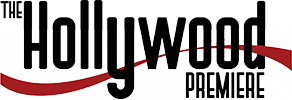On Saturday, March 29, a solar eclipse will be visible in parts of the northern hemisphere. Although it will not be a total eclipse like the “Great American Eclipse” of 2024, a partial eclipse is still worth watching. The eclipse will occur at sunrise in North America, offering viewers the chance to see the famous “devil horns” effect as the moon partially covers the sun.
The partial solar eclipse will be visible in eastern North America at sunrise and in Siberia, Russia at sunset on March 29. In Europe, it can be seen around mid-morning. The eclipse’s visibility will be limited, with North America only able to see it east of Toronto, Canada and Washington, DC.
To safely watch the eclipse, it is important to have proper eye protection. Solar eclipse glasses meeting the ISO 12312-2:2015(E) international safety standard are recommended. Celestron is a reputable manufacturer of solar viewing equipment, with their eclipse glasses available on Amazon.
During the eclipse, viewers may be able to observe the crescent sun rising, creating a “devil horns” effect in certain locations. Additionally, the solar activity is currently at or near its peak, meaning sunspots may be visible when the eclipse occurs.
It is crucial to remember not to point any device, such as a camera or telescope, directly at the sun without a solar filter to prevent damage. Solar filters can be purchased at camera stores or online, or a makeshift filter can be created using solar viewer film.
Overall, the partial solar eclipse on March 29 is a unique celestial event worth observing, providing an opportunity to witness a natural phenomenon that may not occur again for several years.
Source link





























